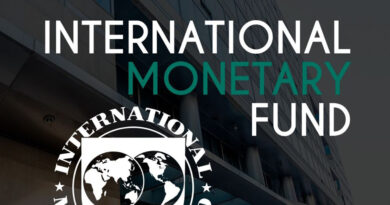Torrential Floods Hit Manila; Thousands Displaced, Two Missing
Torrential rains brought large parts of the Philippine capital, Manila, to a standstill on Tuesday, forcing tens of thousands from their homes and leaving at least two people missing in the wake of widespread flooding.
The relentless downpour overnight caused the Marikina River to overflow, triggering the evacuation of more than 23,000 residents living along its banks. Many sought shelters in makeshift evacuation centres, including schools, village halls, and public courtyards.
Another 25,000 people were evacuated in other parts of Metro Manila, particularly in low-lying areas of Quezon City and Caloocan, which were severely affected by the rising waters.
“Most of the evacuees come from flood-prone areas near creeks that feed into the river,” said Wilmer Tan of the Marikina Rescue Office. According to Tan, the river swelled to a dangerous height of 18 meters (59 feet), prompting emergency evacuations.
ALSO READ: Nigerian Doctors to Begin Nationwide Strike July 24
In Caloocan, a dramatic rescue operation is still underway after an elderly woman and her driver were swept away by a raging creek as they attempted to cross a bridge. Their vehicle was recovered, but both occupants remain missing. “The car window was broken, so we hope they were able to escape,” said John Paul Nietes of the local emergency operations centre.
By Tuesday morning, floodwaters had begun to recede, but thousands remain displaced, unable to return to their homes amid ongoing heavy rainfall and the threat of further flooding.
The recent deluge is part of the broader impact of the southwest monsoon, intensified by the passage of Tropical Storm Wipha, which brushed past the country on Friday. Since then, the National Disaster Risk Reduction and Management Council (NDRRMC) has confirmed at least three deaths and seven people missing in central and southern parts of the Philippines.
Each year, the Philippines faces around 20 typhoons or storms, with the most devastating effects often hitting the poorest and most vulnerable communities. Experts warn that climate change is intensifying the strength and frequency of such storms, making them deadlier and more destructive.
“This is hard, because if the rain continues… the river will swell again,” said Avelina Luman tad, a 61-year-old street sweeper in Manila, watching floodwaters rise near a major road. “The floods are dangerous.”
Content Credit: Ohidah Oluwaferanmi
Image Credit: Rappler.com




